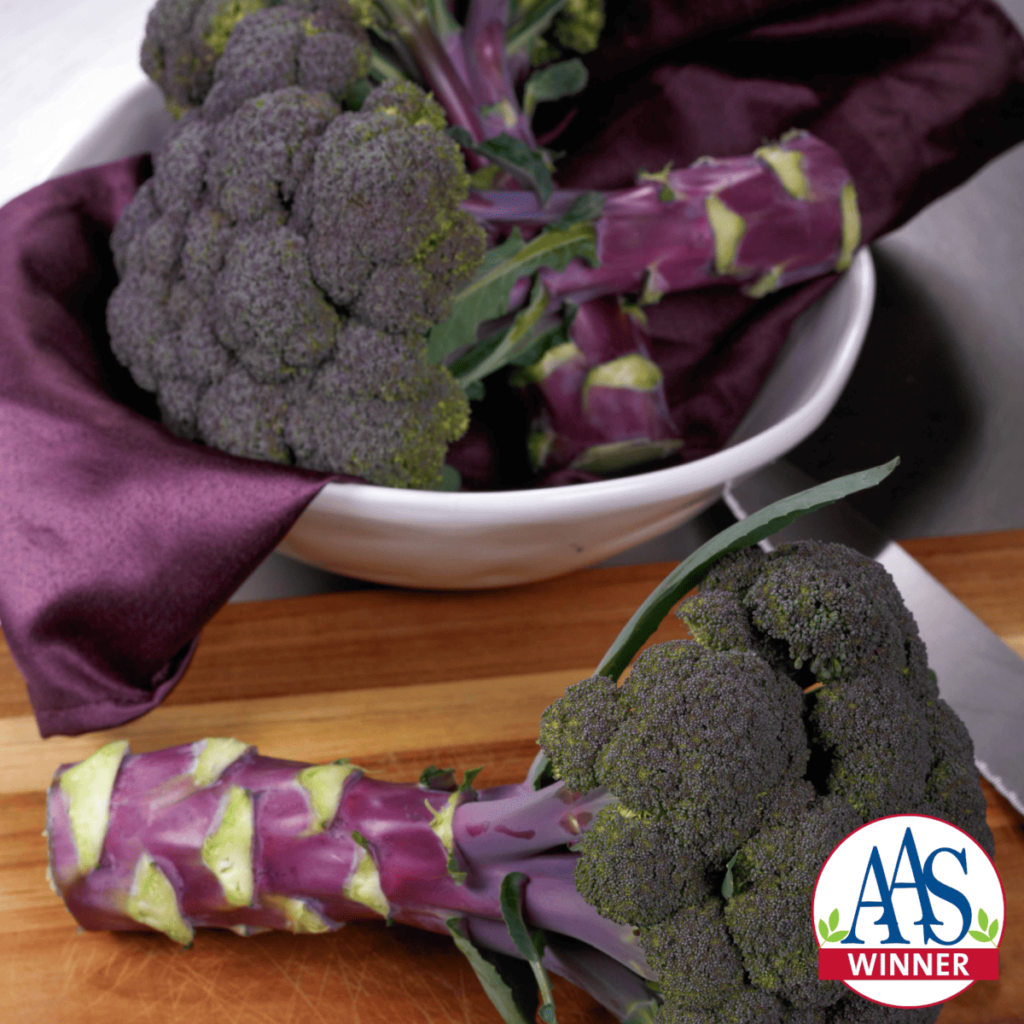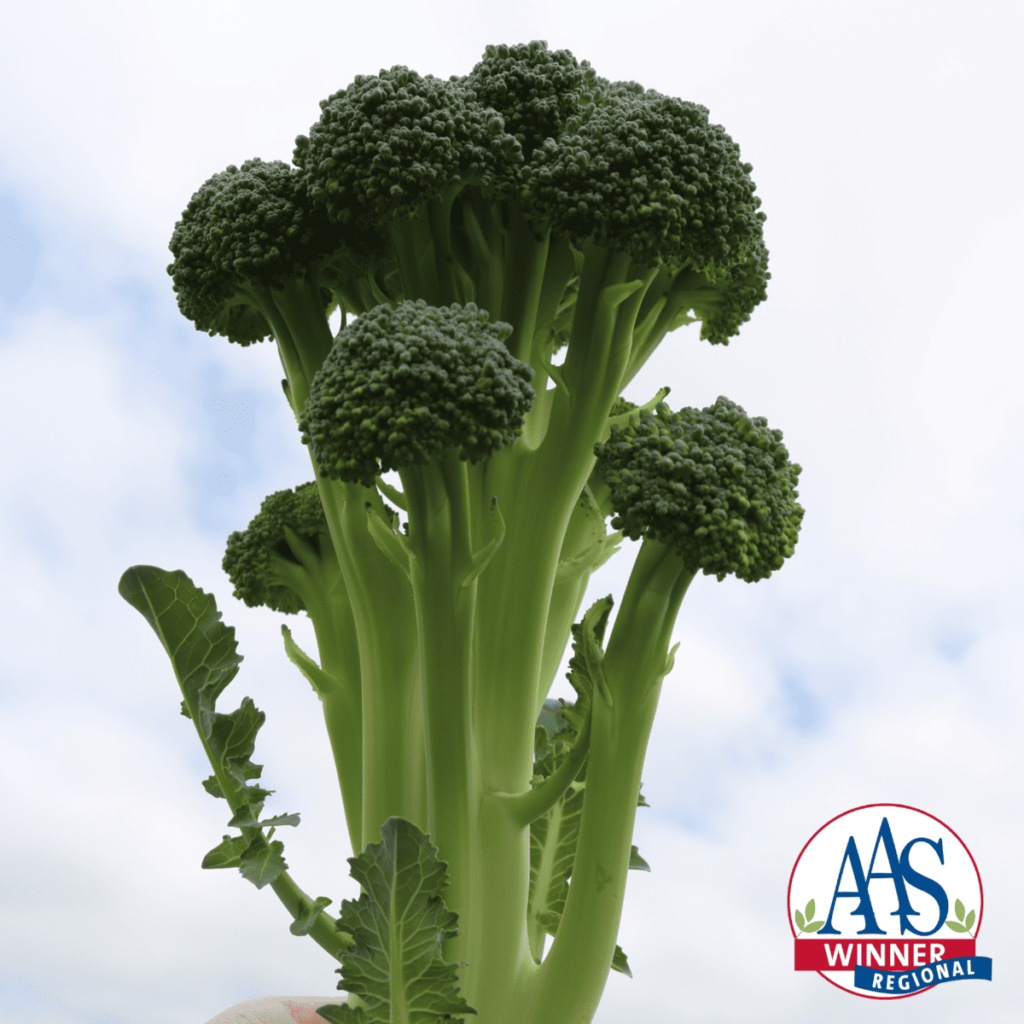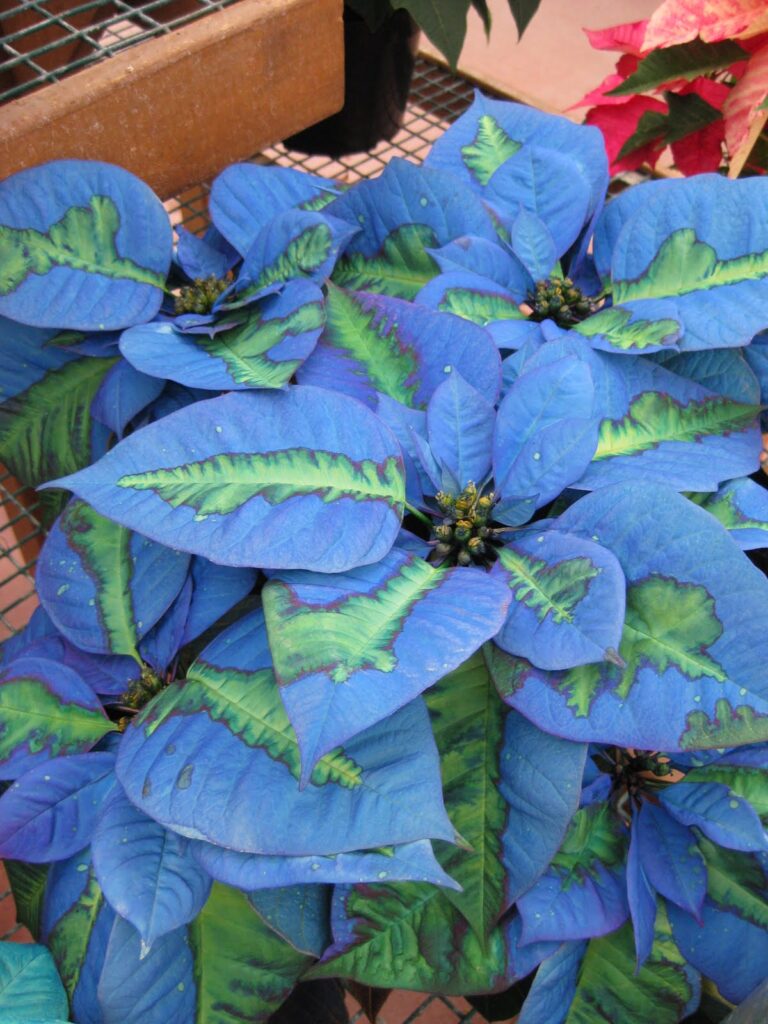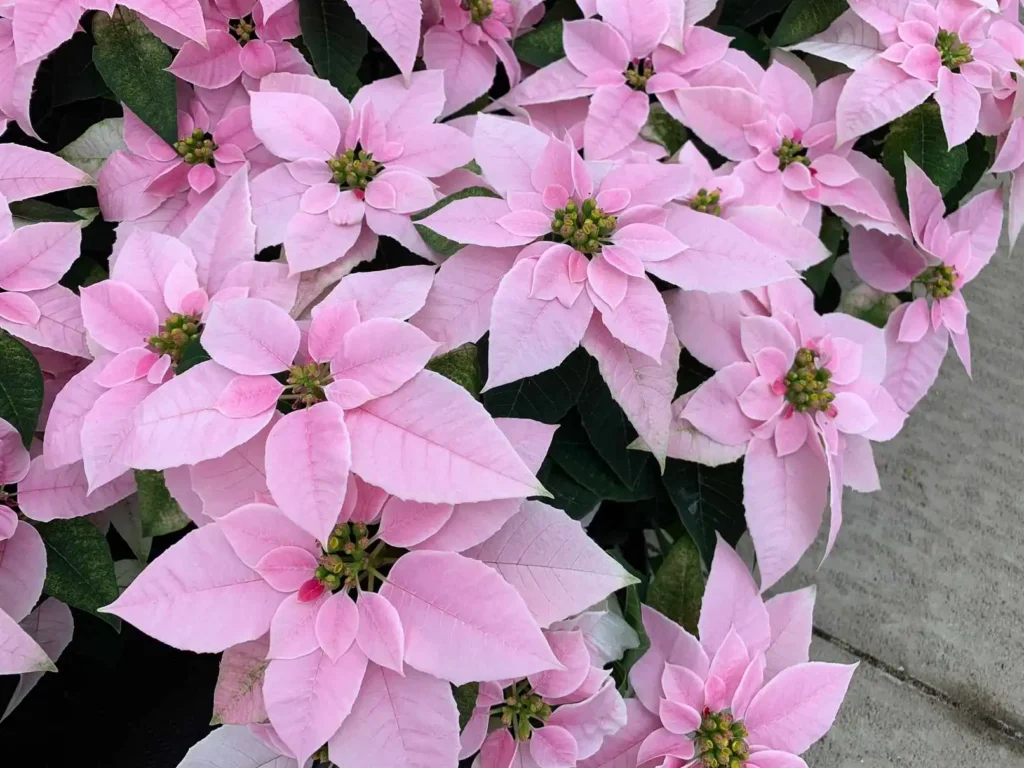Seamless Transition: How to Relocate Your Business Without Missing a Beat By Katie Conroy
Relocation can signal a fresh start for businesses, but managing the transition with minimal downtime is a challenge that demands meticulous planning. The disruption to daily operations can be minimized with strategic moves that preserve productivity.
The success of this complex undertaking hinges on well-defined strategies that address the move’s logistical and operational aspects. Below, Shippy Realty & Auction delves into key tactics that enable businesses to embark on this journey smoothly.
Designating Leadership for the Move
The complexity of a business move necessitates a centralized command. A project manager is the linchpin that holds together the multifaceted elements of the transition. Their remit spans the entirety of the move, from pre-move planning to post-move adjustments.
This leader becomes the conduit through which information flows, decisions are made, and the move progresses. With a project manager at the helm, businesses can expect a well-oiled relocation process, with reduced risk of oversight and a streamlined approach to problem-solving.
Enhancing Marketing with 3D Design Innovation
During a move, marketing initiatives can continue to thrive by embracing innovative methods like 3D design. By choosing to utilize 3D design, companies can transform their promotional content into immersive experiences that captivate their audience.
Such a strategy infuses marketing materials with a sense of realism that can engage customers more deeply. Adopting this technique ensures a business maintains a compelling market presence, even amid the upheaval of relocation.
Ensuring Transparent Team Communication
Clear communication becomes a business’s anchor when it’s in flux. Informing employees about the impending move dissipates uncertainty and aligns the team with the process. Regular updates, clear timelines, and open inquiry channels cultivate a transparent environment.
This approach builds trust and empowers employees to proactively adapt to their changing work environment. Effective communication is a cornerstone of a disruption-free move because it ensures all team members move in lockstep toward the new destination.
Engaging Skilled Commercial Movers
The choice of a commercial mover can make or break the transition. A mover experienced in handling business relocations brings an understanding of the need for continuity and the protection of valuable assets.
By entrusting the physical move to seasoned professionals, organizations can rest assured that their equipment and supplies are in capable hands. This choice is a pivotal step toward a smooth relocation, with the movers’ expertise playing a critical role in mitigating operational downtime.
Developing a Solid Backup Strategy
A business move is a mammoth project with variables that can veer off plan. Establishing a robust contingency framework prepares the business for such eventualities.
This blueprint outlines actionable steps to counteract potential delays and issues, ensuring the relocation progresses without significant hindrances. A contingency plan acts as a safety net; it provides peace of mind and the assurance that the business can weather unforeseen challenges.
Coordinating Temporary Storage Solutions
Relocation necessitates interim solutions for asset management. Secure temporary storage provides a haven for equipment and supplies by safeguarding them from the chaos of the moving process.
This interim measure is crucial, particularly when the new premises aren’t immediately ready or when phased moving is employed. Ensuring the safekeeping of business assets during this transitional phase is vital for a smooth relocation and the continuity of operations post-move.
Conclusion
The choreography of a business move need not be a disruptive one. By following these pivotal strategies, you can transition to a new location with the precision and fluidity of a well-rehearsed performance. From leadership to logistics, clear communication to cutting-edge marketing, and a solid backup plan to smart storage solutions — each element plays a part in turning the challenge of moving into an opportunity for growth and productivity.










